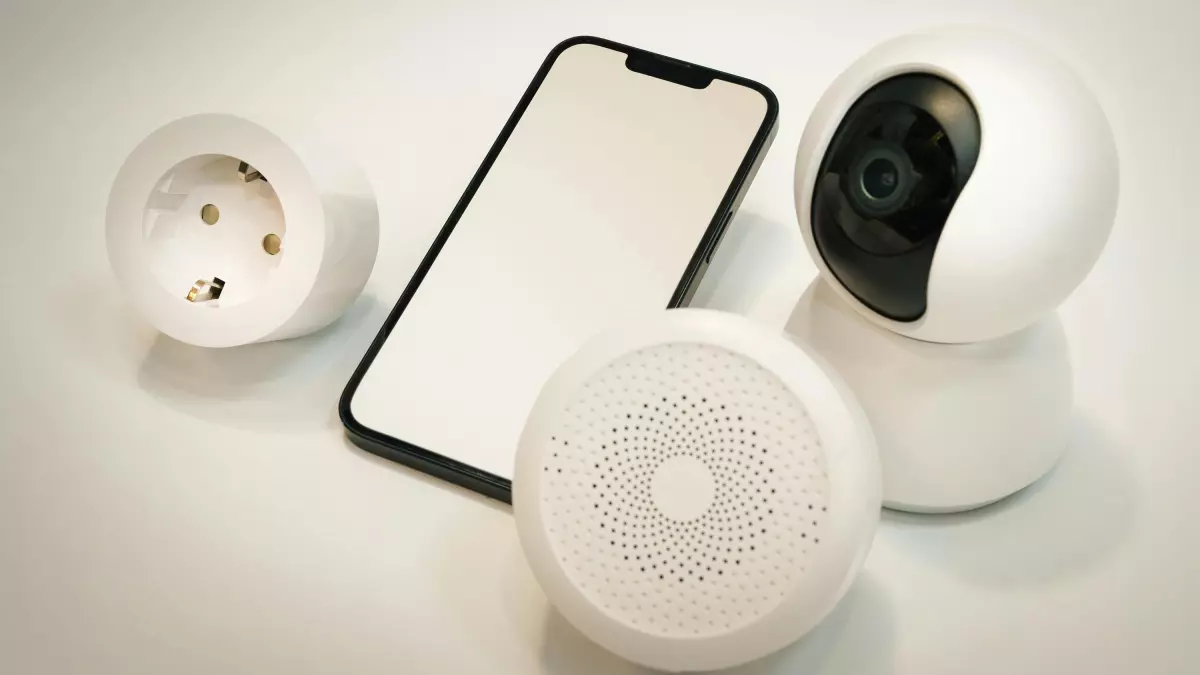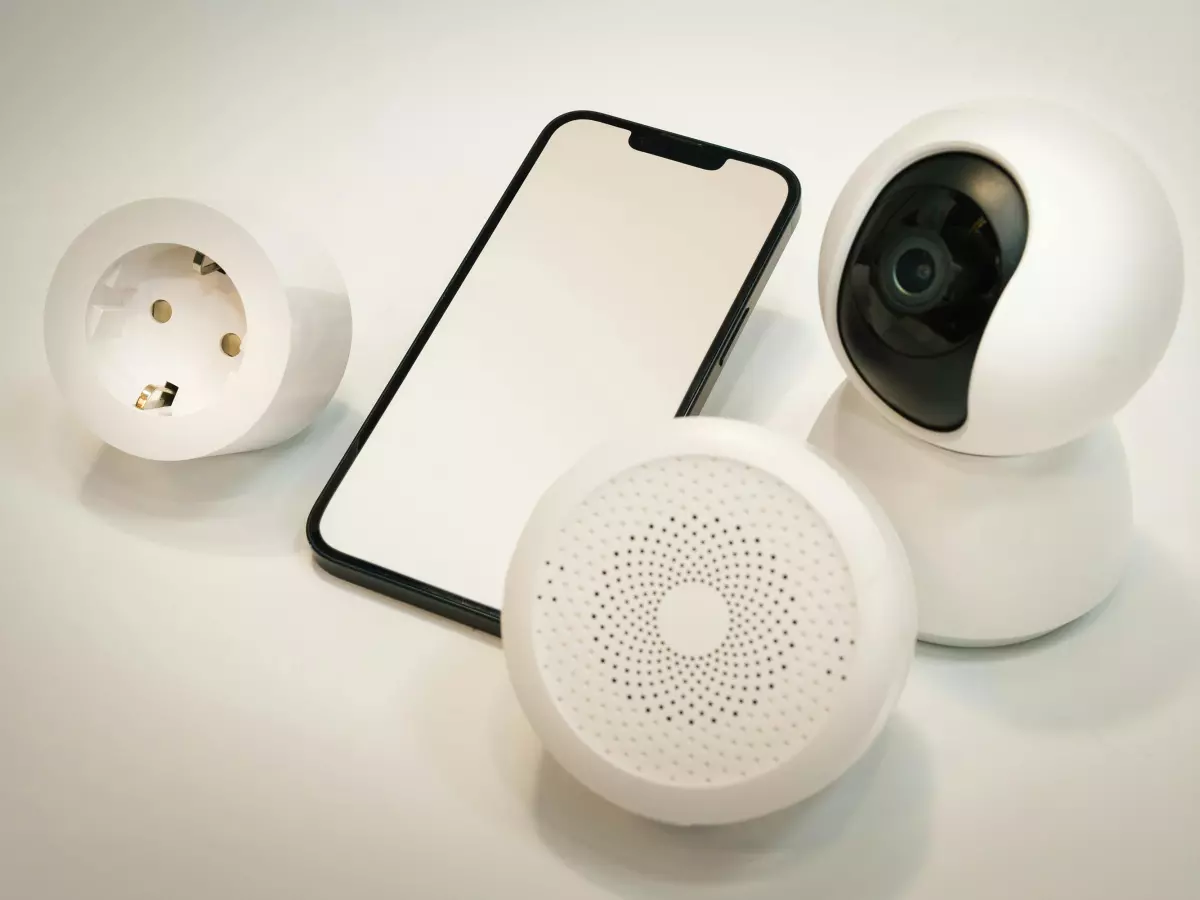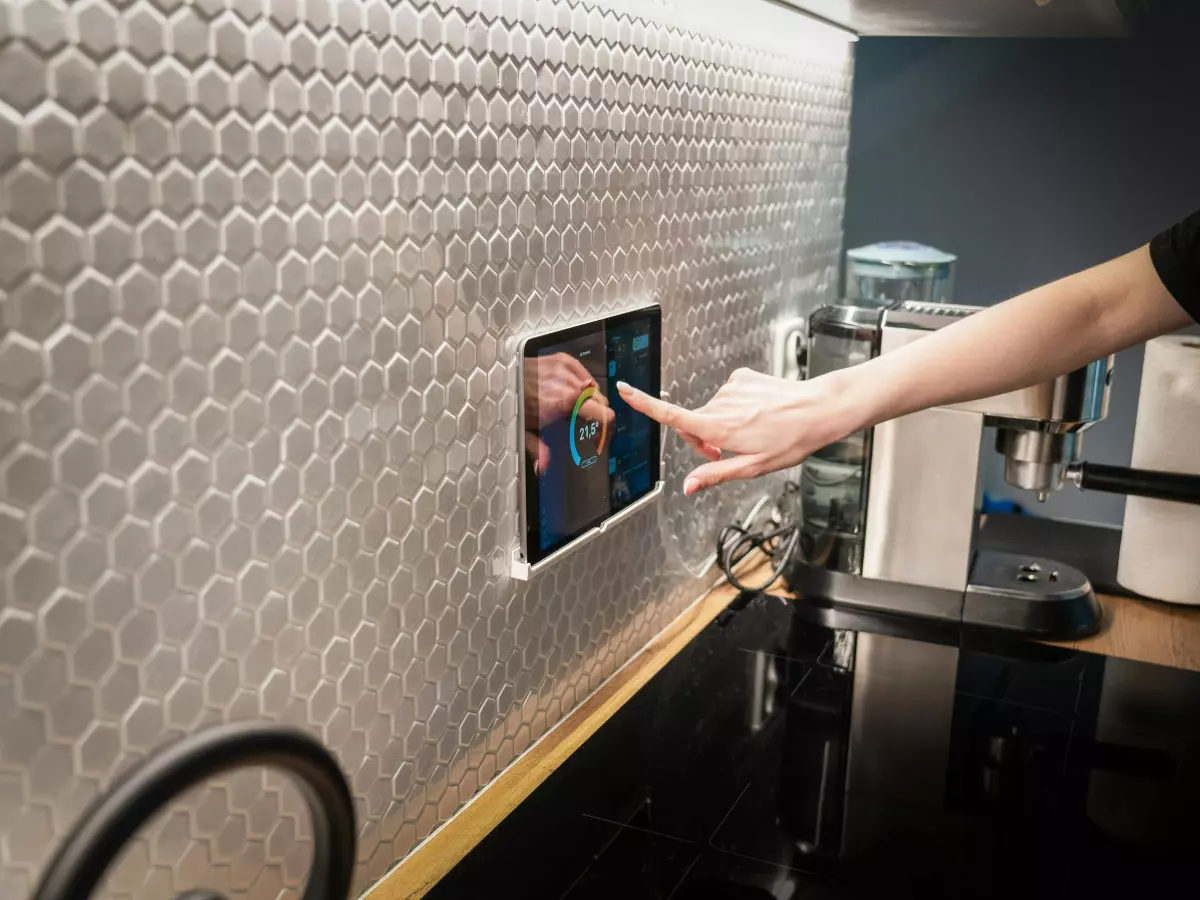Smart Home Hubs
Imagine this: your shiny new smart thermostat refuses to talk to your voice assistant, and your smart lights are throwing a tantrum because they don’t speak the same language as your motion sensor. Frustrating, right? Enter the smart home hub—a device that promises to be the universal translator in your tech-filled home. But is it really the hero we think it is?

By Carlos Martinez
Smart home hubs are often marketed as the glue that holds your ecosystem together. They claim to unify devices that speak different protocols, like Zigbee, Z-Wave, or even Wi-Fi. But before you crown your hub the MVP of your home, let’s peel back the layers and see what’s really going on under the hood.
What Exactly Is a Smart Home Hub?
At its core, a smart home hub is a central device that connects and controls other smart devices in your home. Think of it as the conductor of an orchestra, ensuring that your smart thermostat, lights, locks, and cameras all play in harmony. But unlike a conductor, a hub also has to translate between different languages—or in this case, protocols.
Protocols like Zigbee and Z-Wave are common in smart home devices, but they’re not always compatible with each other or with Wi-Fi-based devices. A hub bridges these gaps, allowing devices to communicate seamlessly—or at least, that’s the idea.
The Protocol Puzzle
Here’s where things get tricky. Not all hubs are created equal, and their ability to handle multiple protocols can vary widely. Some hubs, like Samsung SmartThings, support a broad range of protocols, while others are more limited. This can lead to compatibility issues, especially if you’re trying to integrate older devices or those from niche brands.
Then there’s the question of future-proofing. As new protocols like Matter emerge, will your hub be able to keep up? Matter aims to be the universal standard for smart home devices, but its adoption is still in its infancy. Until it becomes ubiquitous, hubs will continue to play a critical role in bridging the protocol divide.
Connectivity: Wired vs. Wireless
Another factor to consider is how your hub connects to your network. Some hubs rely on a wired Ethernet connection for stability, while others use Wi-Fi. Wired connections are generally more reliable but less flexible in terms of placement. Wi-Fi hubs, on the other hand, offer more freedom but can be prone to interference and signal drops.
And let’s not forget about range. If your hub uses Zigbee or Z-Wave, you’ll need to consider the range limitations of these protocols. Zigbee devices typically have a range of about 33 feet indoors, while Z-Wave can stretch up to 100 feet. However, both protocols support mesh networking, which can extend their range by using other devices as repeaters.
Interoperability: The Holy Grail
Interoperability is the ultimate goal for any smart home setup. A truly interoperable system allows devices from different brands and protocols to work together seamlessly. While hubs can facilitate this to some extent, they’re not a magic bullet. You’ll still need to do your homework to ensure that your devices are compatible with your hub—and with each other.
Some hubs offer better interoperability than others. For example, Apple’s HomeKit is known for its strict certification process, which ensures a high level of compatibility and security. However, this also limits the number of devices that can work with HomeKit. On the flip side, platforms like Amazon Alexa and Google Home are more open but may require additional steps to integrate certain devices.
Do You Really Need a Hub?
With the rise of Wi-Fi-enabled devices and voice assistants like Alexa and Google Assistant, you might be wondering if a hub is even necessary. The answer depends on your specific needs and the complexity of your setup.
If you’re just starting out with a few Wi-Fi devices, you can probably get by without a hub. But as your ecosystem grows, a hub can simplify management and improve performance. For example, Zigbee and Z-Wave devices often consume less power than Wi-Fi devices, making them ideal for battery-operated gadgets like sensors and locks. A hub can help you take advantage of these benefits while maintaining a unified system.
The Downsides of Hubs
Of course, hubs aren’t without their drawbacks. For one, they add another layer of complexity to your setup. You’ll need to configure the hub, update its firmware, and troubleshoot any issues that arise. And let’s not forget about cost—hubs aren’t cheap, and the expense can add up if you need multiple hubs to cover a large home.
There’s also the issue of vendor lock-in. Some hubs are tied to specific ecosystems, which can limit your options if you decide to switch platforms in the future. For example, if you invest heavily in a hub that only supports Zigbee, you might find yourself stuck if you want to add Z-Wave devices later on.
The Future of Smart Home Hubs
As the smart home industry evolves, the role of hubs is likely to change. The emergence of Matter as a universal standard could reduce the need for hubs by enabling direct communication between devices. However, this transition will take time, and hubs will remain a key part of many setups for the foreseeable future.
In the meantime, manufacturers are working to make hubs smarter and more versatile. Some hubs now include built-in voice assistants, while others offer advanced features like energy monitoring and AI-driven automation. These innovations could help hubs stay relevant in an increasingly crowded market.
Final Thoughts
So, are smart home hubs the unsung heroes of your connected home? The answer is a resounding "maybe." While they can simplify your setup and improve interoperability, they’re not a one-size-fits-all solution. Whether you need a hub—and which one you should choose—depends on your specific needs, budget, and long-term goals.
As technology continues to evolve, the smart home landscape will undoubtedly change. But for now, hubs remain a crucial piece of the puzzle, bridging the gaps between devices, protocols, and standards. And who knows? Maybe one day, we’ll look back and realize that these unassuming little boxes were the real MVPs all along.





